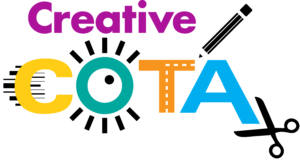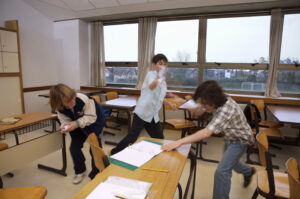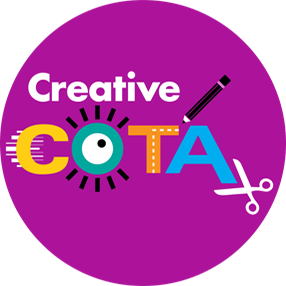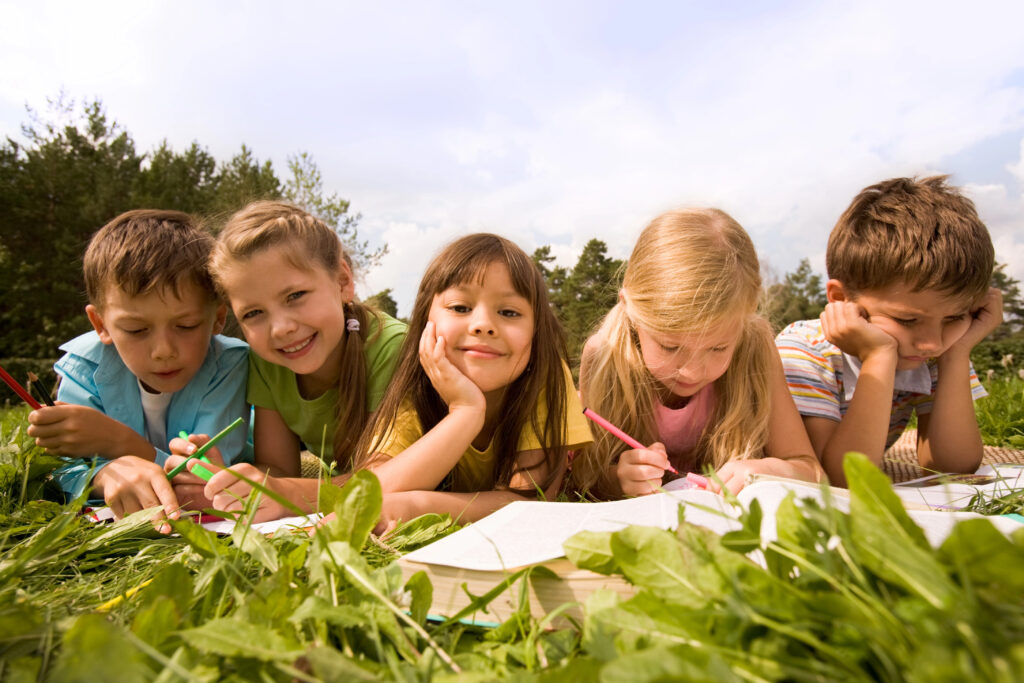
Summer school is a great opportunity for occupational therapists to help students build foundational skills in a relaxed, fun, and engaging environment. With the right activities, therapists can make significant progress on therapy goals while keeping students entertained and motivated. Here are some creative and effective strategies for occupational therapists teaching summer school, along with activities and crafts to enhance learning and development.
Engaging Students in Summer School Occupational Therapy
1. Create a Thematic Approach
- Benefits: Using themes can make learning more cohesive and enjoyable. Themes can be based on summer activities, holidays, or student interests.
- Examples: Ocean adventures, ice cream, space exploration, or nature walks can provide a rich context for therapy activities.
2. Incorporate Sensory Play
- Benefits: Sensory activities help students develop fine motor skills, sensory processing, and regulation.
- Examples: Sensory bins filled with sand, water, or rice can be used for sorting and scooping activities. You can also include themed items like shells or mini sea creatures.
3. Utilize Outdoor Spaces
- Benefits: Outdoor activities promote gross motor skills, social interaction, and a connection with nature.
- Examples: Obstacle courses, scavenger hunts, and nature walks can be both therapeutic and fun.
5 Summer Crafts and Activities to Build Occupational Therapy Foundation Skills
Seashell Sorting and Counting
For this activity, gather a collection of seashells of various sizes and shapes, small containers or cups, a large tray or shallow bin, and tongs or tweezers. Spread the seashells on the tray and have students use the tongs or tweezers to sort them into containers based on size, shape, or color. To add a challenge, ask students to count the shells in each container and write down the numbers. This activity targets fine motor skills, hand-eye coordination, sorting and categorization, and counting and number recognition.
Nature Weaving
Using a sturdy cardboard frame or wooden picture frame, yarn or string, natural materials like flowers, leaves, twigs, and grass, and scissors, create a weaving loom by wrapping yarn or string vertically around the frame. Collect natural materials and demonstrate how to weave them horizontally through the yarn or string. Encourage students to create patterns or designs. This activity enhances fine motor skills, bilateral coordination, sensory processing, and creativity.
Sunflower Seed Mosaics
For this craft, you need construction paper or cardstock, glue sticks, sunflower seeds, markers or crayons, and small bowls. Draw a large sunflower outline on the paper, pour sunflower seeds into bowls, and apply glue to sections of the sunflower. Have students place the seeds on the glue to fill in the design, then color the rest of the picture with markers or crayons. This craft builds fine motor skills, hand-eye coordination, following directions, and visual motor integration.
DIY Sensory Bags
To create sensory bags, use resealable plastic bags, hair gel or clear shampoo, small colorful objects like beads, sequins, or buttons, and duct tape. Fill the bags with hair gel or clear shampoo and add the small objects. Seal the bags tightly and optionally use duct tape to prevent leaks. Encourage students to squish and move the objects inside the bag. This activity helps with sensory processing, fine motor skills, visual tracking, and stress relief.
Paper Plate Frisbees
Gather paper plates, markers, crayons, or paint, a stapler or glue, and optional stickers or washi tape. Decorate the underside of two paper plates, then place them together with the decorated sides facing out. Staple or glue the edges to form a frisbee. Students can add stickers or tape for extra decoration. Take the frisbees outside and practice throwing and catching them. This activity promotes gross motor skills, hand-eye coordination, creativity, and social interaction.
These crafts and activities provide engaging ways to build foundational skills in occupational therapy, keeping students motivated and entertained during summer sessions.
2. Sensory Processing Activities
- Crafts and Activities:
- DIY Sensory Bottles: Fill clear bottles with water, glitter, beads, and small toys to create calming sensory bottles.
- Texture Collages: Use various materials (sandpaper, fabric, cotton balls) to make tactile collages that stimulate different senses.
- Water Play: Set up water tables with sponges, cups, and funnels to explore water’s properties while practicing hand movements.
3. Gross Motor Skills Enhancement
- Games and Activities:
- Ball Games: Catching, throwing, and kicking balls of different sizes can improve coordination and balance.
- Relay Races: Organize themed relay races that involve running, hopping, or skipping.
- Dance Parties: Play music and encourage students to dance, promoting rhythm, coordination, and physical activity.
Helping Students Achieve Their Summer School Therapy Goals
1. Set Clear, Achievable Goals
- Action: Work with each student to set specific, measurable, attainable, relevant, and time-bound (SMART) goals for the summer.
- Tip: Break down larger goals into smaller, manageable tasks and celebrate each achievement.
2. Foster a Positive and Supportive Environment
- Action: Create an encouraging atmosphere where students feel safe to try new activities and make mistakes.
- Tip: Use positive reinforcement and praise to build confidence and motivation.
3. Collaborate with Parents and Caregivers
- Action: Maintain open communication with parents and caregivers to ensure consistency in therapy goals and activities.
- Tip: Provide them with simple activities and exercises that can be done at home to reinforce skills learned in summer school.
4. Monitor Progress and Adjust Plans
- Action: Regularly assess each student’s progress and be flexible in adjusting activities and goals as needed.
- Tip: Use visual charts or journals to track improvements and make therapy sessions more engaging for students.
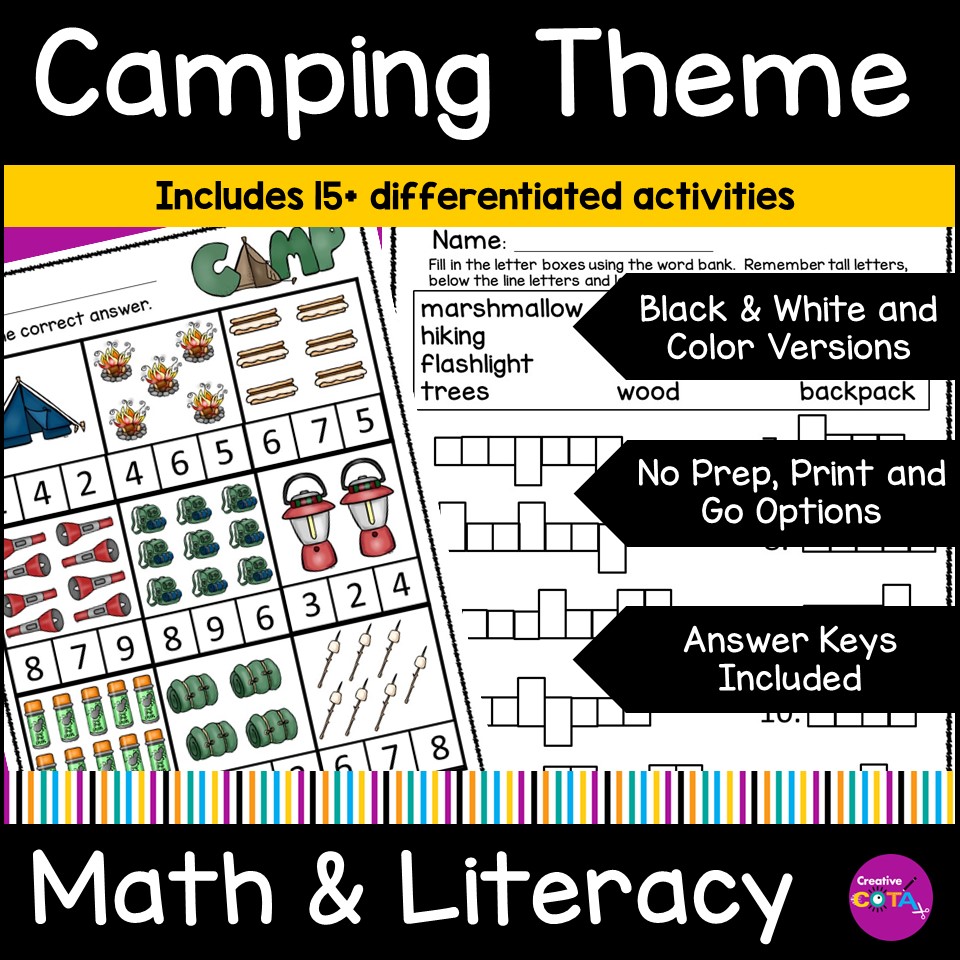
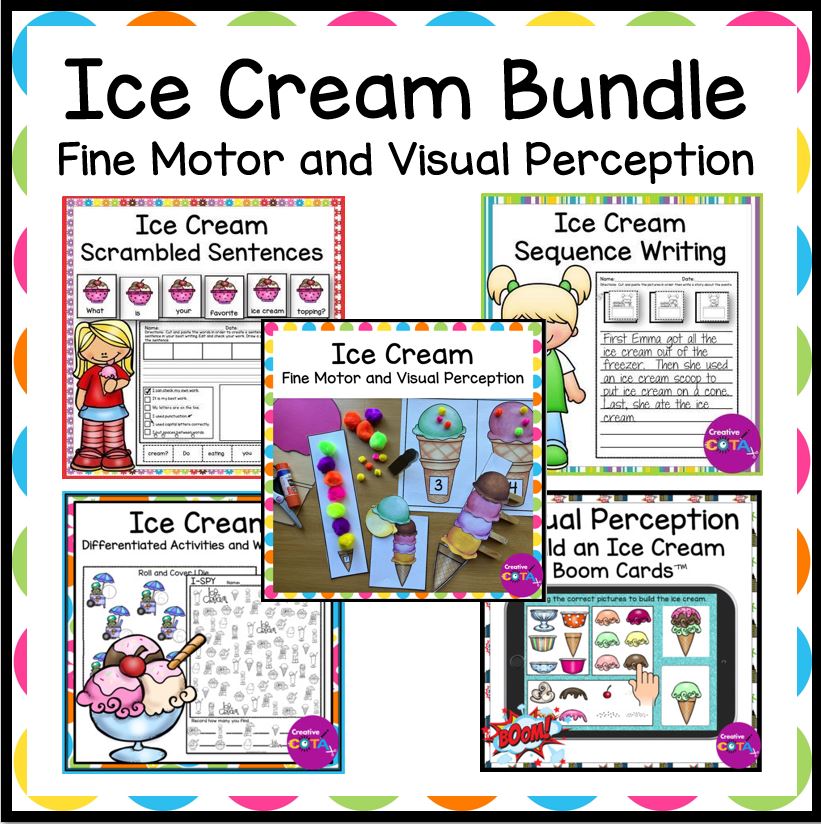

Conclusion
Teaching summer school as an occupational therapist provides a unique opportunity to engage students in fun, skill-building activities. By incorporating thematic approaches, sensory play, and outdoor activities, therapists can create a dynamic and enjoyable learning environment. Fun crafts and games not only keep students motivated but also help in developing essential motor and sensory processing skills. With clear goals, a positive atmosphere, and collaboration with caregivers, therapists can ensure that students achieve their summer school therapy goals while having a blast.
About the Author
I am a Certified Occupational Therapy Assistant (COTA) and have been working in a public school system for more than 25 years. My resources can be found on TPT, BOOM Learning, Made by Teachers, Classful, and Your Therapy Source. I appreciate your interest wherever you wish to shop.
My mission is to help you find creative ideas to incorporate fine motor, visual perception, gross motor, and social-emotional learning into your lessons.
I hope you consider signing up for my Free Resource Library with your Email. I send out emails about once a week and share resources, tips, and planning ideas for your classroom or occupational therapy needs. Hopefully, these help your students work on building their skills in a fun and engaging way.
Thank you for your interest in my resources and ideas. I hope you will consider following my journey on TPT or wherever you wish to shop.

